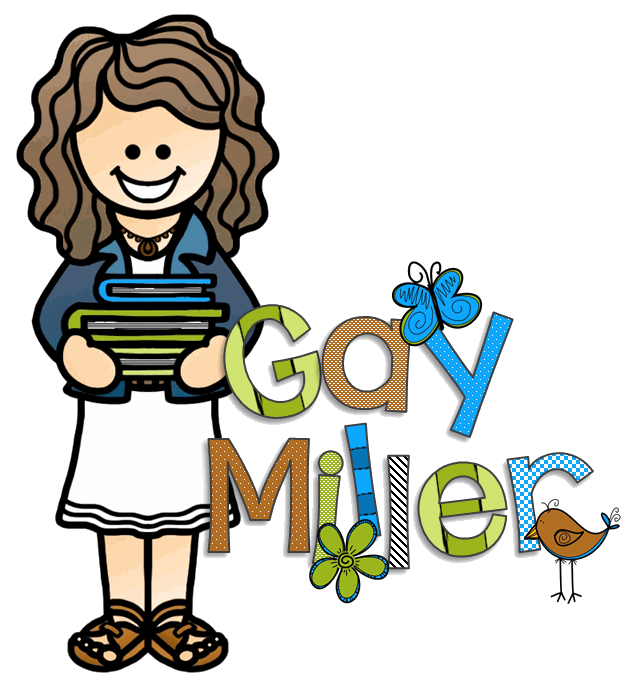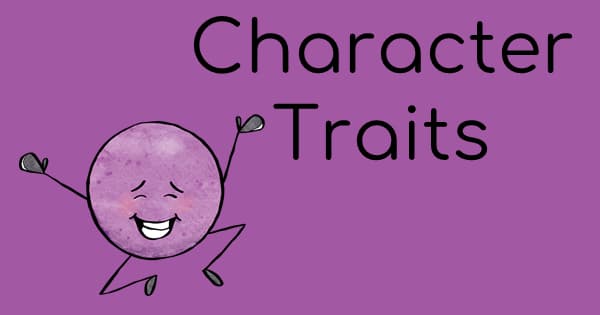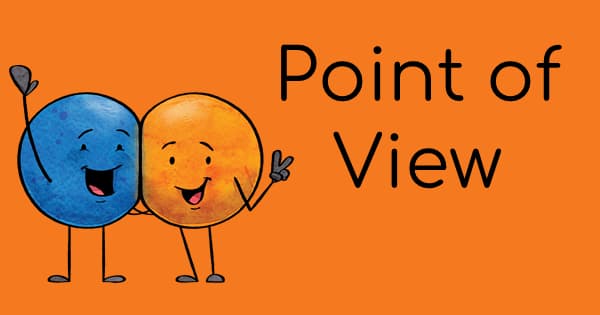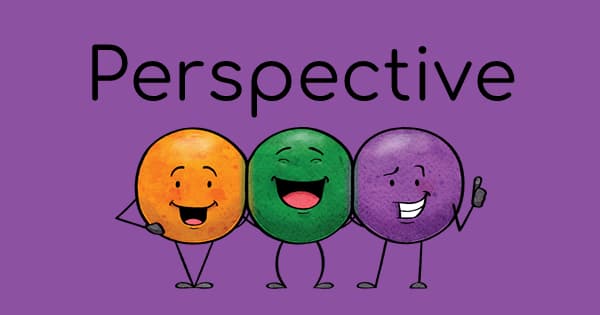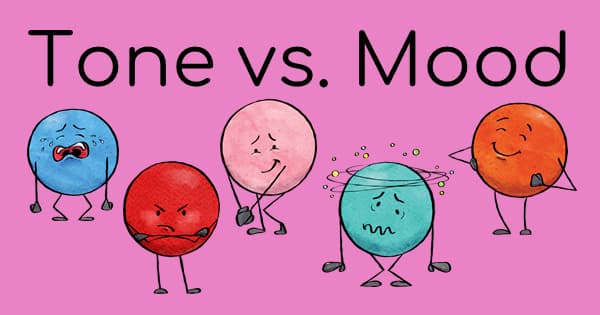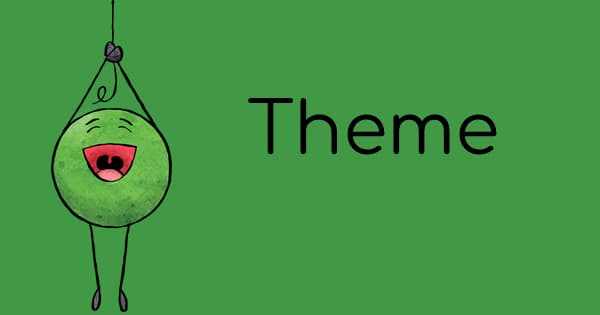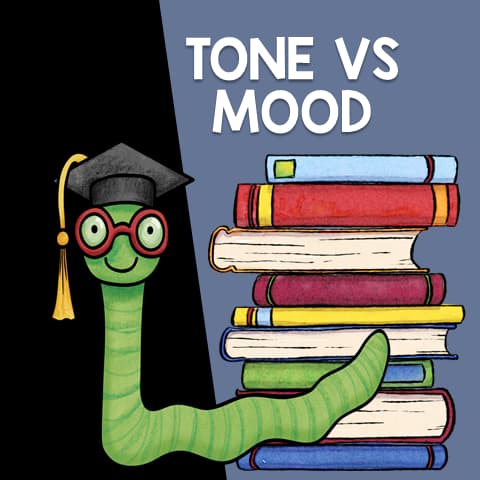
Let’s be honest—teaching the difference between tone and mood can feel like trying to explain the difference between a couch and a loveseat to a room full of energetic fifth graders. They kind of get it… but kind of don’t. That’s where this lesson swoops in like a caped ELA hero to save the day (and your sanity).
Understanding tone and mood is key to deep comprehension—and it’s also a Common Core requirement:
📘 CCSS.ELA-LITERACY.RL.5.7
Analyze how visual and multimedia elements contribute to the meaning, tone, or beauty of a text (e.g., graphic novel, multimedia presentation of fiction, folktale, myth, poem).
In other words, students should be able to “read the room” in both books and videos. So let’s dive into some hands-on activities, helpful charts, and mood-sparking music that will make tone vs. mood finally click.
🤔 Wait—What’s the Difference Again?

Tone = How the author feels.
Think of it like the author’s attitude toward the topic. It can be sarcastic, serious, excited, annoyed, or even wicked (in the villainous, not the cool Boston way).

Mood = How the reader feels.
Mood is the vibe you get as a reader—the atmosphere the author creates using setting, word choice, and character actions. It can be spooky, dreamy, joyful, suspenseful, etc.
Imagine tone as the author’s voice and mood as the emotional lighting in the room.
🎨 Anchor Chart Magic
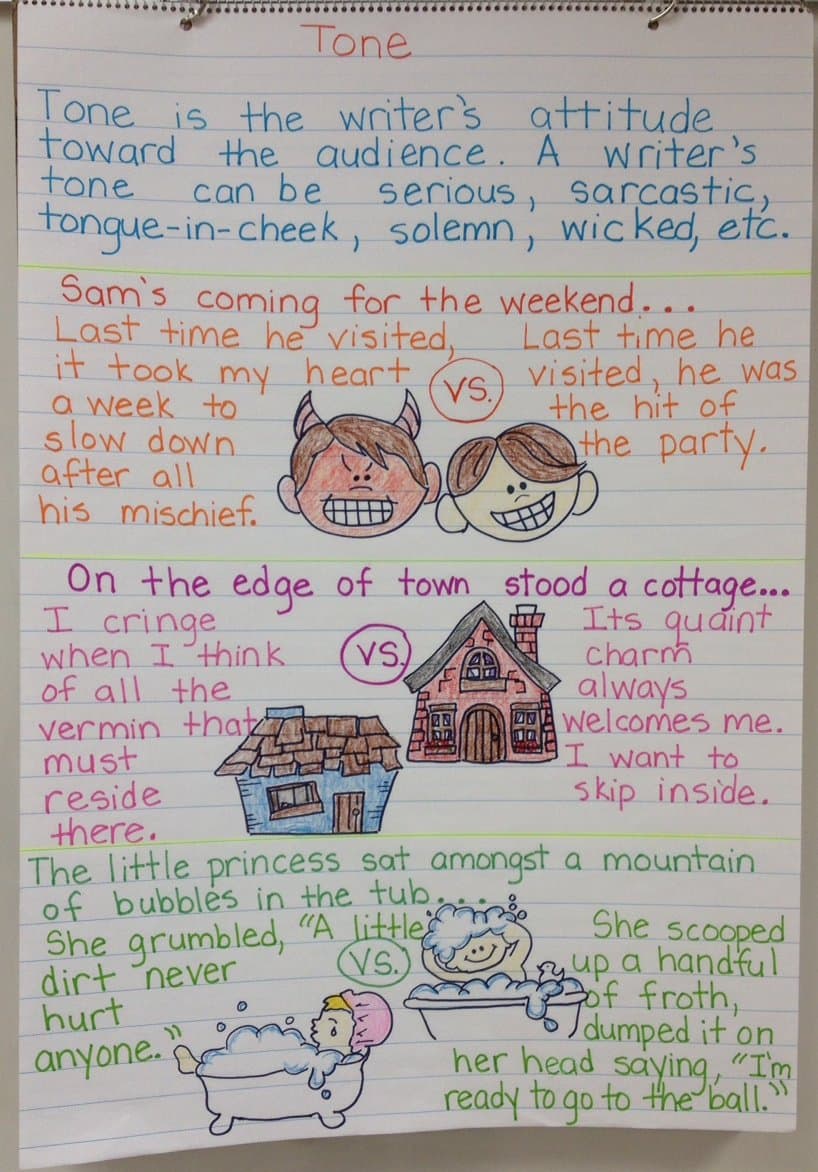
Create a simple anchor chart to hang in your room (or just draw one sloppily on the board while dramatically acting like it’s beautiful—your students will love it either way). Here’s the trick:
- Tone: author’s voice or attitude
- Mood: reader’s emotional reaction
You can even write it like this:
Tone = Author’s Attitude
Mood = Me! How I Feel
Cheesy? Yes. Effective? Also yes.
Activities for Teaching Mood and Tone
Activity Part 1
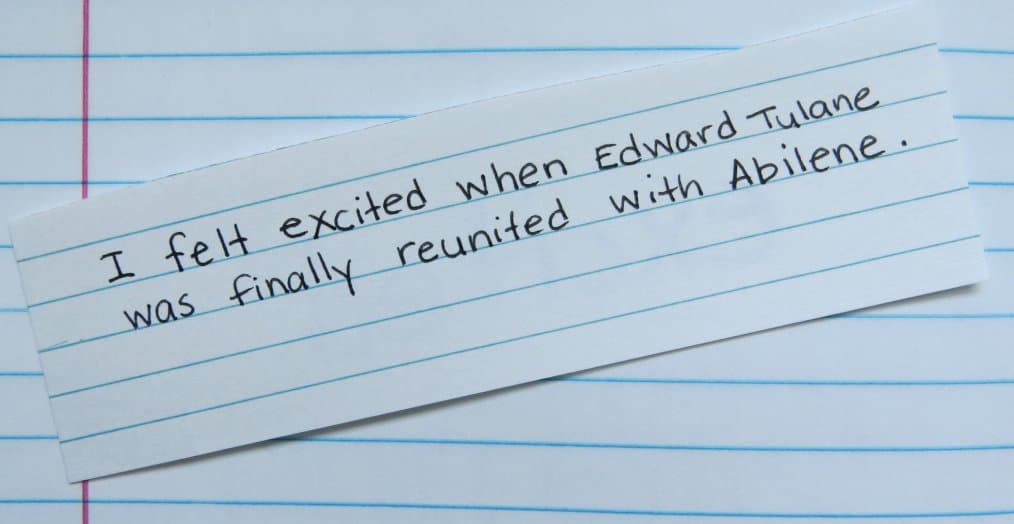
Let’s get those index cards ready!
- Give each student 12 index cards.
- Have them cut each one in half lengthwise—this gives them 24 total cards.
- On the first 12, students will write mood words.
- Pick four emotional events, and ask students to write three mood words per event (no repeats!). On the back, they explain their reasoning in a sentence.
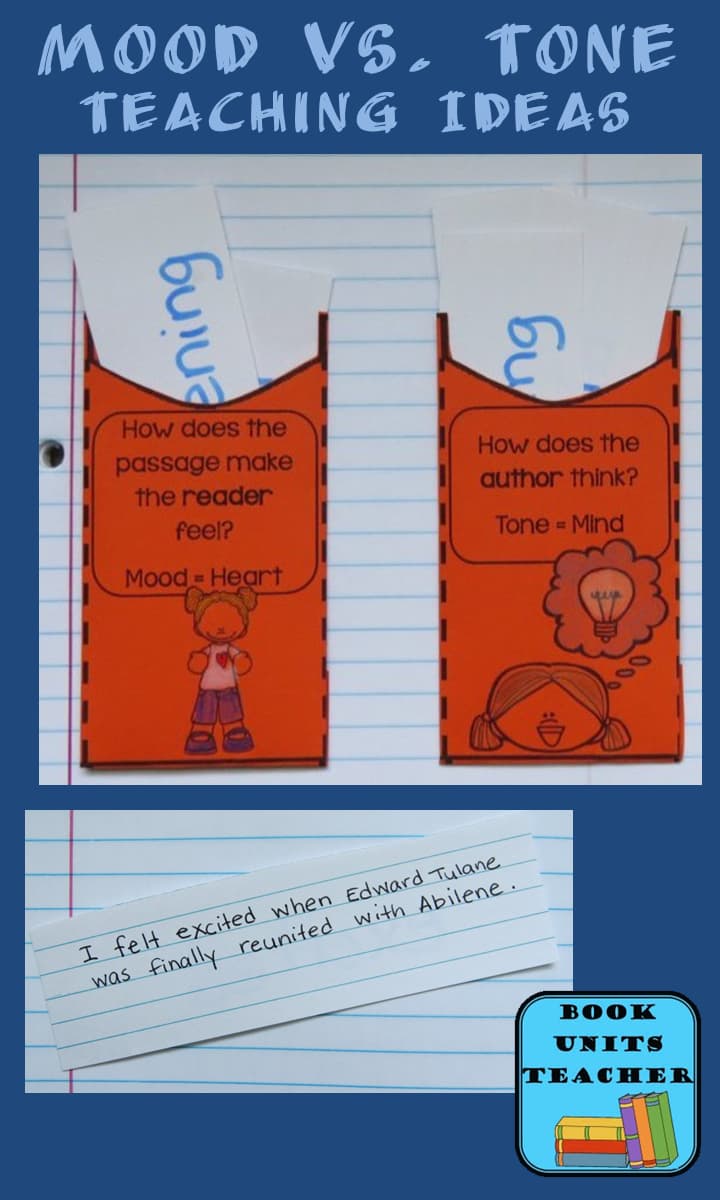
Sample Prompts (Book Edition):
- How did you feel when Brian’s plane crashed in Hatchet?
- What was your reaction when Melody got left behind in Out of My Mind?
No common book? No problem.
Instead, play short music clips! Music always gets students in their feelings.
Download the free printable pockets with these definitions.
Video Alternative
If your class has not read the same book, music works extremely well. I recommend playing a 20 to 30-second segment while students write how the song makes them feel. I have included four YouTube videos here for this purpose.

Let It Be – Connie Talbot
calm, reflective, peaceful
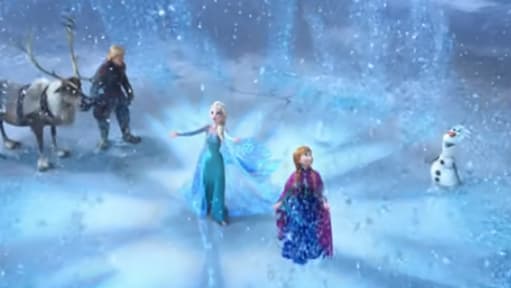
Let It Go – Demi Lovato
empowered, free, bold

US Soldiers Returning Home
emotional, proud, grateful
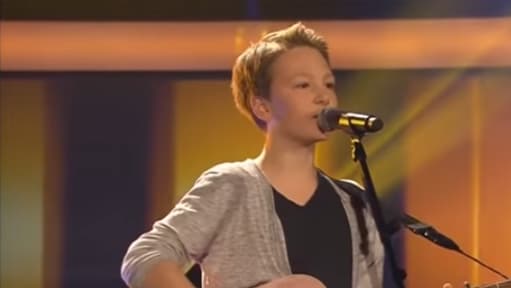
Best of The Voice Kids
inspired, joyful, surprised
Let them jot down mood words and explain why. It gets deep, fast.
Part 2: Tone Cards
Same 12-card system, but this time we flip to the author’s side of things.
- Have students write tone words. Then compare these to mood words. Trust me, they’ll start spotting the difference fast.
Examples of Tone Words
- optimistic
- formal
- matter-of-fact
- angry
- suspicious
- straightforward
- scholarly
- empathetic
These tone words clearly reflect how an author might feel or communicate a perspective. They’re active attitudes and writing styles.
Examples of Mood Words
- frightened
- happy
- mysterious
- dreamy
- surprised
- annoyed
- gloomy
- suspenseful
These mood words describe emotional reactions and atmospheres created for the reader—so they’re perfect mood words.
Note: Some words may fit into both the mood and tone categories, but by having students write sentences on the back of the cards explaining the word choices, it will become clear if they understand the concept.
Here are some good materials to identify tone:

Robert Frost’s poem “The Road Not Taken”
→ Tone: reflective, serious, satisfied
(Great way to sneak in poetry without triggering groans.)

“Sick” by Shel Silverstein
→ Light-hearted, playful, comically dramatic (because yes, she’s fine)
Additional Resources
- Charlotte’s Web ~ peace, acceptance
- The Preamble of the Constitution ~ serious, authoritative, hopeful
- Paul Bunyan Tall Tales ~ funny, lively, playful
Final Thought (With a Literary Hug)
“Words mean more than what is set down on paper. It takes the human voice to infuse them with shades of deeper meaning.”
— Maya Angelou
Mood and tone are like literary twins—related, but definitely not identical. Once students start describing both and backing their choices up with reasoning, you’ll hear them say things like:
“Ohhh! The author was being sarcastic, but it made me feel annoyed.”
And that’s when you know they’ve got it.
Don’t forget to check out the other posts in this series and grab the free printable pockets and organizers. Your future self (and your lesson plans) will thank you!
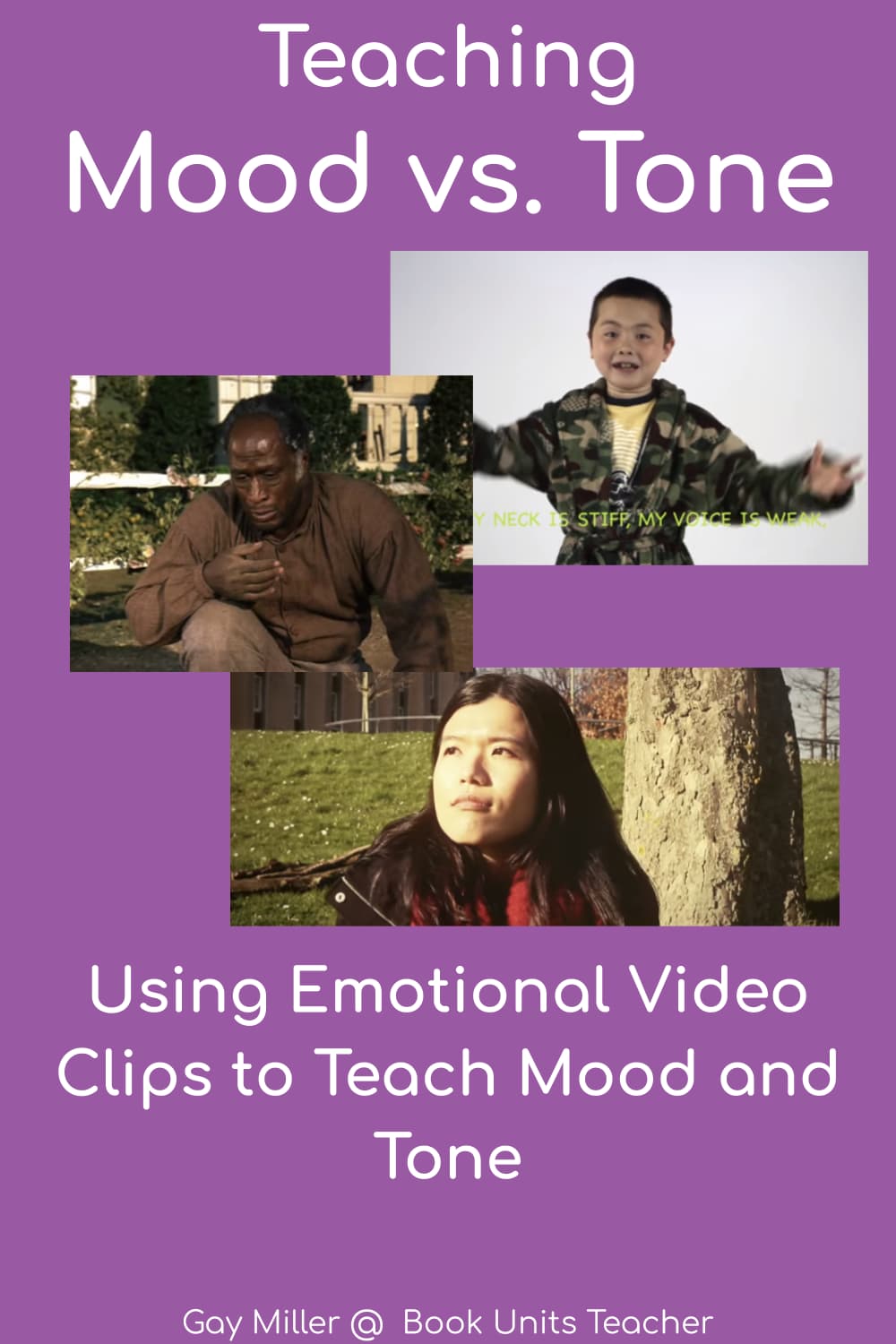

See the product that inspired this post.
Our Story Elements Series offers engaging activities in both digital (Google Slides) and printable formats, easily convertible to PowerPoint for offline use. It includes a vocabulary list with definitions, a multiple-choice quiz, question stems by grade level, video lessons with organizers, and various activities. Check out the previews of each book in the bundle, covering Point of View, Characters and Settings, Plot Development, and Theme.
